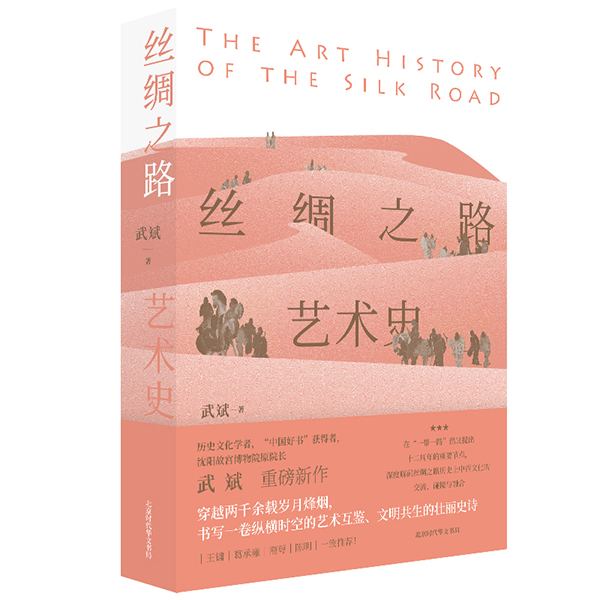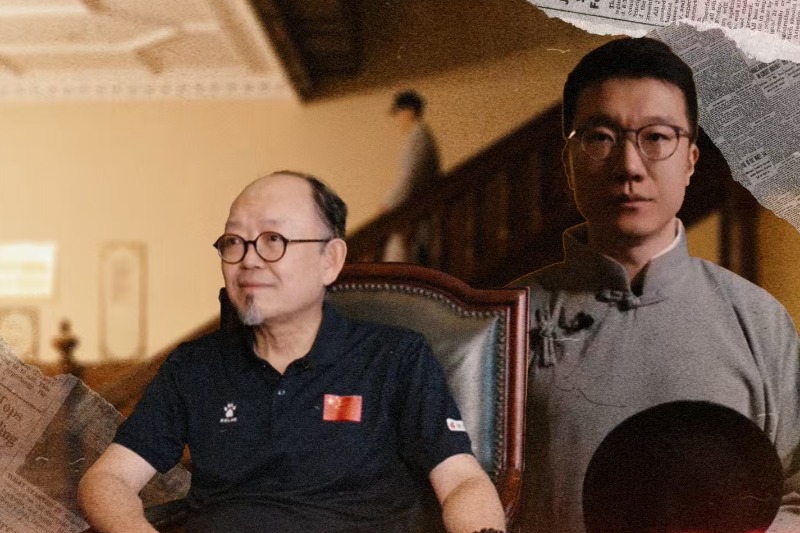Historian reveals Silk Road splendors in newly launched book


Cultural historian and former director of the Shenyang Imperial Palace Museum, Wu Bin, unveiled his latest work, The Art History of the Silk Road, published by the Beijing Times Chinese Press.
The book provides an overview of over two millennia of artistic exchanges between China and Western countries along the ancient Silk Road, spanning from the era preceding the Qin Dynasty (221-206 BC) to the late Qing Dynasty (1644-1911).
Featuring over 300 images, it showcases masterpieces from the past, including textiles, ceramics, architecture, music, paintings, and sculptures. It also explores various themes — the mystical patterns of prehistoric pottery, the splendor of Han (206 BC-AD 220) and Tang (618-907) silk, and the graceful rhythms of Xiyu dance. Xiyu refers to China's western regions — the Xinjiang Uygur autonomous region — and Central Asia in ancient times.
Wu depicts these artistic exchanges within the broader contexts of history, geography, and trade, drawing on archaeological discoveries, artistic remains, and extensive historical literature to illuminate the Silk Road's role as a bridge for multicultural dialogue.
"With masterful writing, the author captures the romance, splendor, and grandeur of Silk Road art, its dazzling diversity and profound interconnectedness, making the narrative both captivating and inspiring," says Yi E, a researcher at the National Art Museum of China.





































